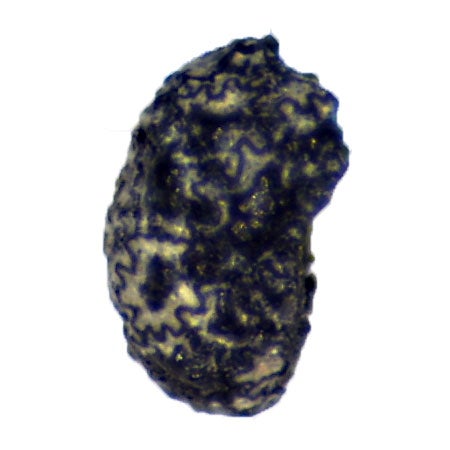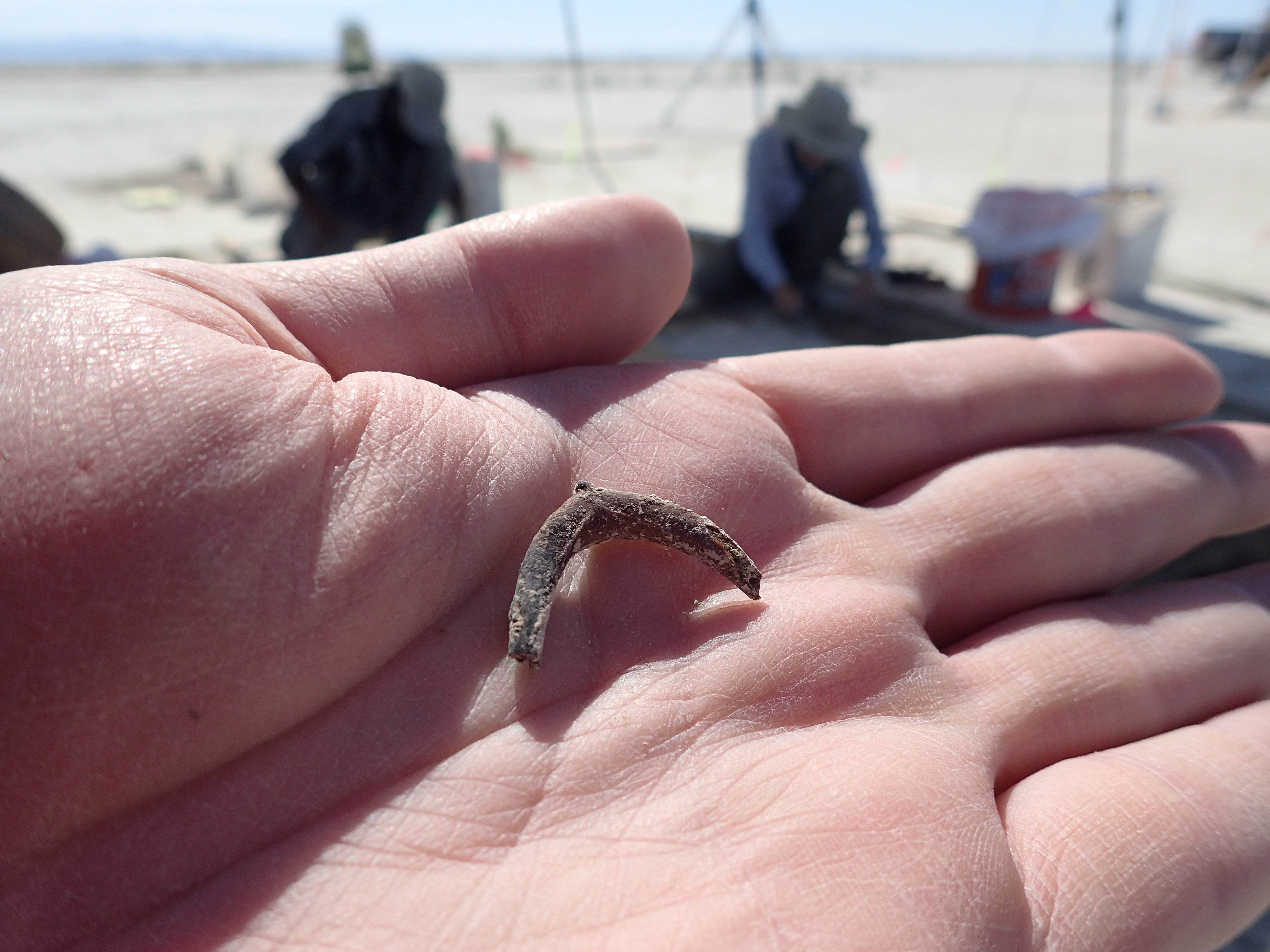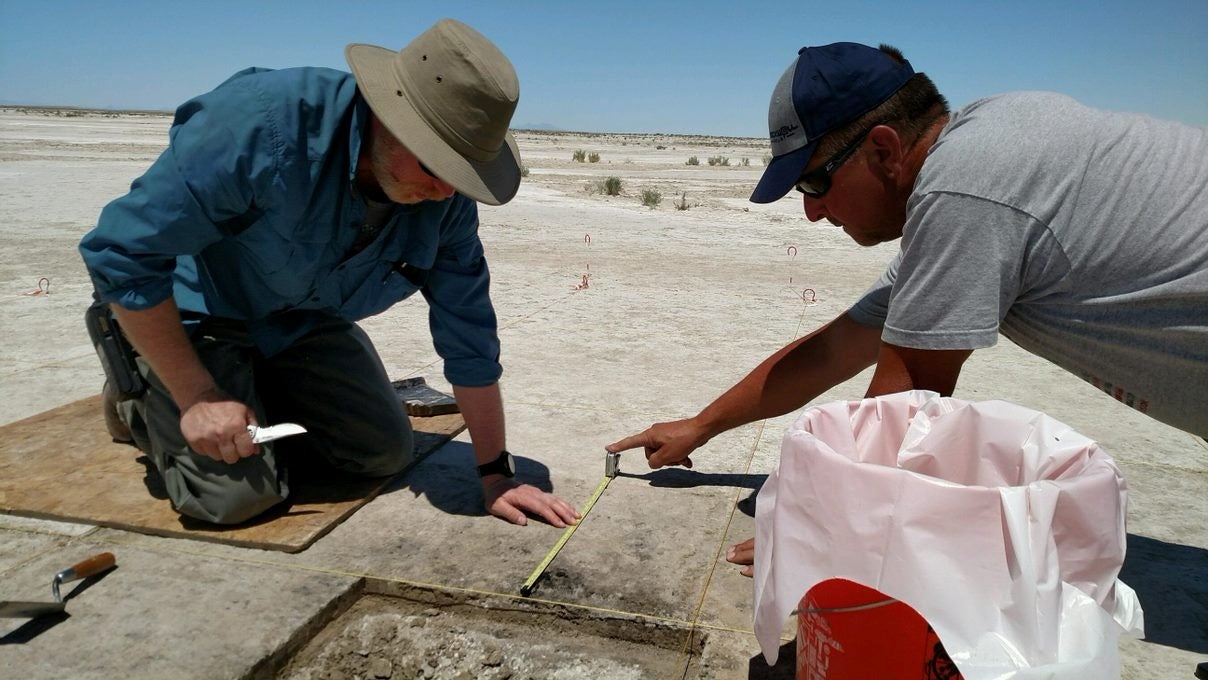Humans have been using tobacco for 12,300 years, new discovery shows
The finding gives new relevance to tobacco as not just a crop domesticated by humans

Your support helps us to tell the story
From reproductive rights to climate change to Big Tech, The Independent is on the ground when the story is developing. Whether it's investigating the financials of Elon Musk's pro-Trump PAC or producing our latest documentary, 'The A Word', which shines a light on the American women fighting for reproductive rights, we know how important it is to parse out the facts from the messaging.
At such a critical moment in US history, we need reporters on the ground. Your donation allows us to keep sending journalists to speak to both sides of the story.
The Independent is trusted by Americans across the entire political spectrum. And unlike many other quality news outlets, we choose not to lock Americans out of our reporting and analysis with paywalls. We believe quality journalism should be available to everyone, paid for by those who can afford it.
Your support makes all the difference.Humans began using tobacco at least 12,300 years ago, shows new evidence gathered by scientists from the interiors of north America.
Four charred seeds of a wild tobacco plant were found in the remnants of a hearth built by the early inhabitants in Utah’s Great Salt Lake desert, according to a study published on Monday in the journal Nature Human Behaviour.
The species of tobacco found was of the wild variety Nicotiana attenuate, that still grows in the area today.
“This species was never domesticated but is used by indigenous people in the region to this day,” archaeologist Daron Duke of the Far Western Anthropological Research Group in Nevada, the study’s lead author, told Reuters.
The earliest known use of tobacco before this discovery dated back to 3,300 years, when nicotine residue was found in a smoking pipe from Alabama.
Nomadic hunter-gatherers were the ones who discovered tobacco at the Utah site, and they may have either smoked it or sucked wads of the plant’s fibre to stimulate themselves from the nicotine.

“The data confirm that wild tobacco was available in the continental interior during the Pleistocene [Epoch that began about 2.6 million years ago and ended around 11,700 years ago] and support the conclusion that its intoxicant properties were soon recognised by people upon their arrival,” the study said.
This new finding makes it clear that studying tobacco as just a domestic crop needs a reevaluation.
“The find re-calibrates research on tobacco as a domesticate, putting some 8,000 to 10,000 years of human use before the great efflorescence of agriculture in North America and the domestication of N tabacum and N rustica at some point alongside a host of food crops,” explained the study.
This early use of tobacco holds significance because it showed the plant was not just one used for agricultural purposes but could have played a part in shaping ancient civilisations.
“We surmise that tobacco must have figured into the ecological knowledge base of those who settled the interior of the North American continent, some 13,000-plus years ago,” said Dr Duke.
The area where the hearth was discovered is now a dry lakebed in northern Utah. At the time, the area was part of vast marshlands that had a chilly climate.
The site was labelled Wishbone by the researchers because of the duck wishbones found in the hearth.
The hunter-gatherers at this site used artifacts, including sharp cutting tools and spear tips made of volcanic glass called obsidian, used to hunt large mammals, said Reuters, citing the research.
Blood on the spear tips matched that of mastodons, ancient creatures that inhabited north and central America, until the waning days of the last Ice Age.
The campers were “highly mobile” people because they moved hundreds of kilometres annually, Dr Duke told tech news website Gizmodo in an email.

“The nearest natural habitat for the species of tobacco found at the Wishbone site is 13 km [8 miles] away, but for these people, they may well have collected it elsewhere/farther away and had it as part of their transportable kit,” he said.
The domestication of tobacco began in earnest thousands of years later in different parts of the US, according to Dr Duke.
“Tobacco’s early use lends to the interpretation that there is nothing inevitable about domestication,” said the study.
This implies that tobacco was a plant used for socio-economic purposes, rather than for any others.
“Although not a food plant, tobacco’s long heritage with humans, entailing both use and abuse, represents one view from the sociocultural side of a broader plant intensification process that manifested itself differently according to local socioeconomic incentives and pressures,” the study said.
Tobacco use later spread widely and is now responsible for a public health crisis, with more than eight million annual tobacco-related deaths being reported worldwide, according to the World Health Organisation.
Join our commenting forum
Join thought-provoking conversations, follow other Independent readers and see their replies
Comments